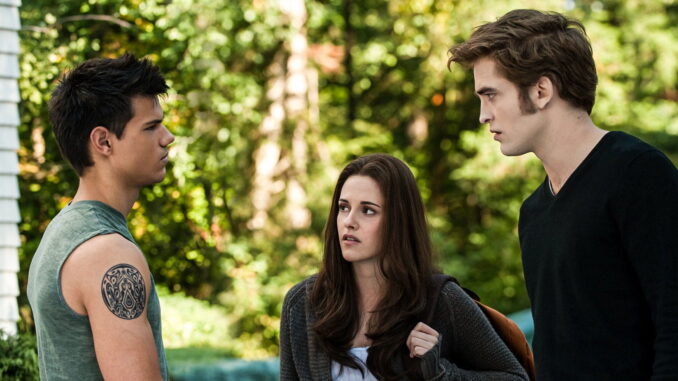
The Pacific Northwest, perpetually shrouded in a romantic mist, became more than just a setting for the Twilight Saga; it was a character unto itself, an atmospheric crucible where a cultural phenomenon was forged. Decades on, the clamor of its initial release has softened into a hum of enduring nostalgia, but the true story of its making, its triumphs and tribulations, lies not just in critics’ reviews or box office numbers, but in the lived experiences of those who brought the vampires, werewolves, and a very human girl to life. To truly understand Twilight‘s magic, we must lean in, and listen to the whispered oral history of its creation.
“It was just this tiny indie movie,” recalls one gaffer, now a seasoned veteran of blockbuster sets, “We were shooting in this intense rain, always cold. No one knew what it would become.” This sentiment echoes through many early recollections. Catherine Hardwicke, the first director, famously conducted auditions from her living room, seeking an authentic, raw chemistry. The “secret” here wasn’t a grand Hollywood plan, but the almost accidental alchemy of its lead trio. Kristen Stewart, with her nervous energy and subtle intensity, captured Bella’s awkward vulnerability. Robert Pattinson, initially reluctant, imbued Edward with a tortured allure that belied the character’s relatively flat page-presence. And Taylor Lautner, whose physical transformation for New Moon cemented Jacob’s place in the love triangle, became a symbol of dedication. Their early interactions, often improvised and fueled by youthful enthusiasm, laid the foundation for the on-screen relationships that would ignite millions of hearts.
The “secrets” often lie in the sheer grit of the filmmaking process. Filming vampire powers, for instance, was a constant dance between practical effects and burgeoning CGI. “We’d have the actors on wires, flying through the forest, sometimes backwards, trying to look graceful and deadly,” recounted a stunt coordinator. “Then the visual effects team would take over, adding the speed blur, the super strength. It was never just one thing.” The iconic “sparkle” effect for vampires in sunlight was a particular challenge, evolving from glitter applied to skin to sophisticated digital shimmering that took hours of post-production. The red contact lenses, which became synonymous with newborn vampires, were often painful for the actors, requiring frequent breaks and eyedrops, a small but constant reminder of the physical demands of playing the undead.
Beyond the technicalities, there was the human element. The relatively unknown cast and crew bonded intensely in the isolated Pacific Northwest. “We became a family, really,” shared a costume designer. “We lived in each other’s pockets, sharing meals, making jokes about the incessant rain, and the often ridiculous outfits.” One oft-repeated anecdote involves the actors attempting to prank each other on set, with Robert Pattinson notorious for his deadpan humor and spontaneous musical outbursts between takes. Kristen Stewart often speaks of the unique camaraderie she shared with her co-stars, a necessary support system as they were thrust into a maelstrom of instant celebrity. This off-screen closeness undoubtedly seeped into their performances, giving an added layer of authenticity to their on-screen relationships, whether romantic or familial.
As the saga progressed, so did the scale and the scrutiny. The shift in directors brought different visions and challenges. Chris Weitz, director of New Moon, inherited a franchise experiencing a meteoric rise. “The pressure was immense,” he admitted in a retrospective interview. “You knew millions of fans had very specific expectations. Every frame felt like it was under a microscope.” Bill Condon, who helmed the final two installments, Breaking Dawn Parts 1 and 2, faced the monumental task of bringing the complex birthing scene and the epic final battle to life. The infamous “Renesmee” baby, a combination of animatronics, CGI, and several child actors, was a constant source of both technical headaches and crew humor. “That doll was nightmare fuel sometimes,” quipped one grip, “but we had to treat it like gold.”
The enduring “secret” of Twilight‘s oral history, however, isn’t about glamorous revelations or scandalous insights. It’s about the universal truth of creation: a group of dedicated individuals, often in challenging circumstances, pouring their hearts into a project that, against all odds, resonated with a generation. From the low-budget, rain-soaked beginnings to the global phenomenon that saw fans camping for days to glimpse their idols, the Twilight Saga was a testament to the power of story, collaboration, and a little bit of accidental magic. When we revisit Forks and its supernatural inhabitants, we’re not just seeing the finished product; we’re witnessing the culmination of countless hours, shared jokes, frozen fingers, and the collective memory of a film crew who, for a few extraordinary years, made the impossible real.
